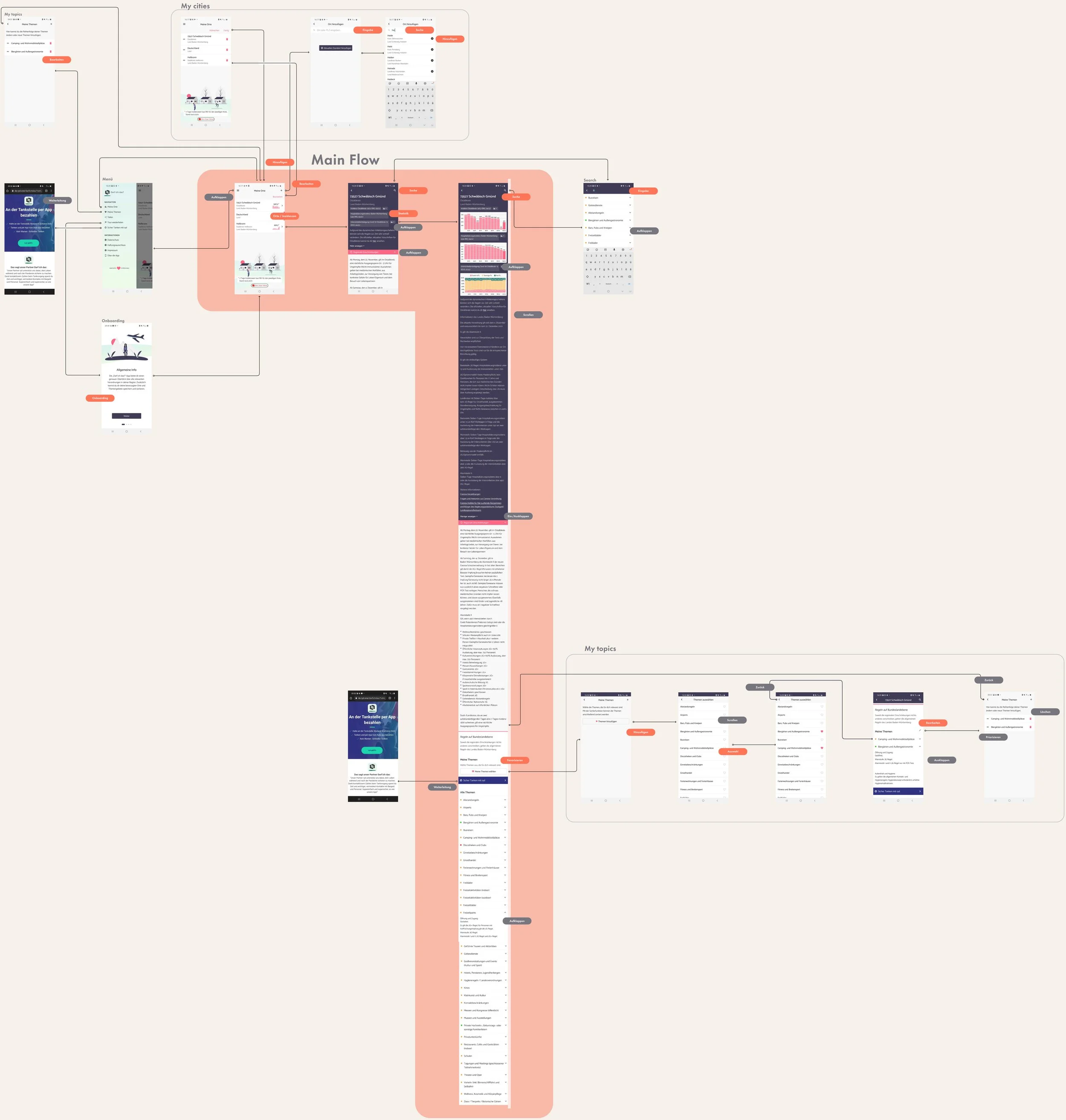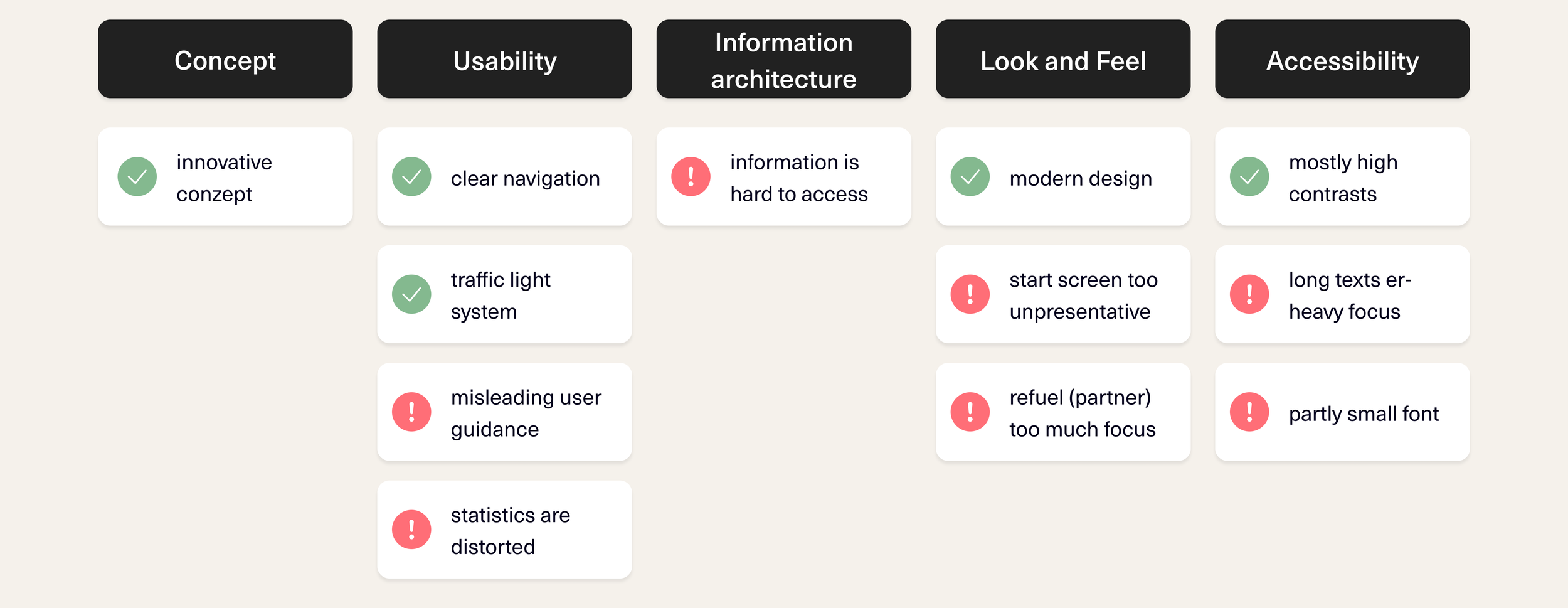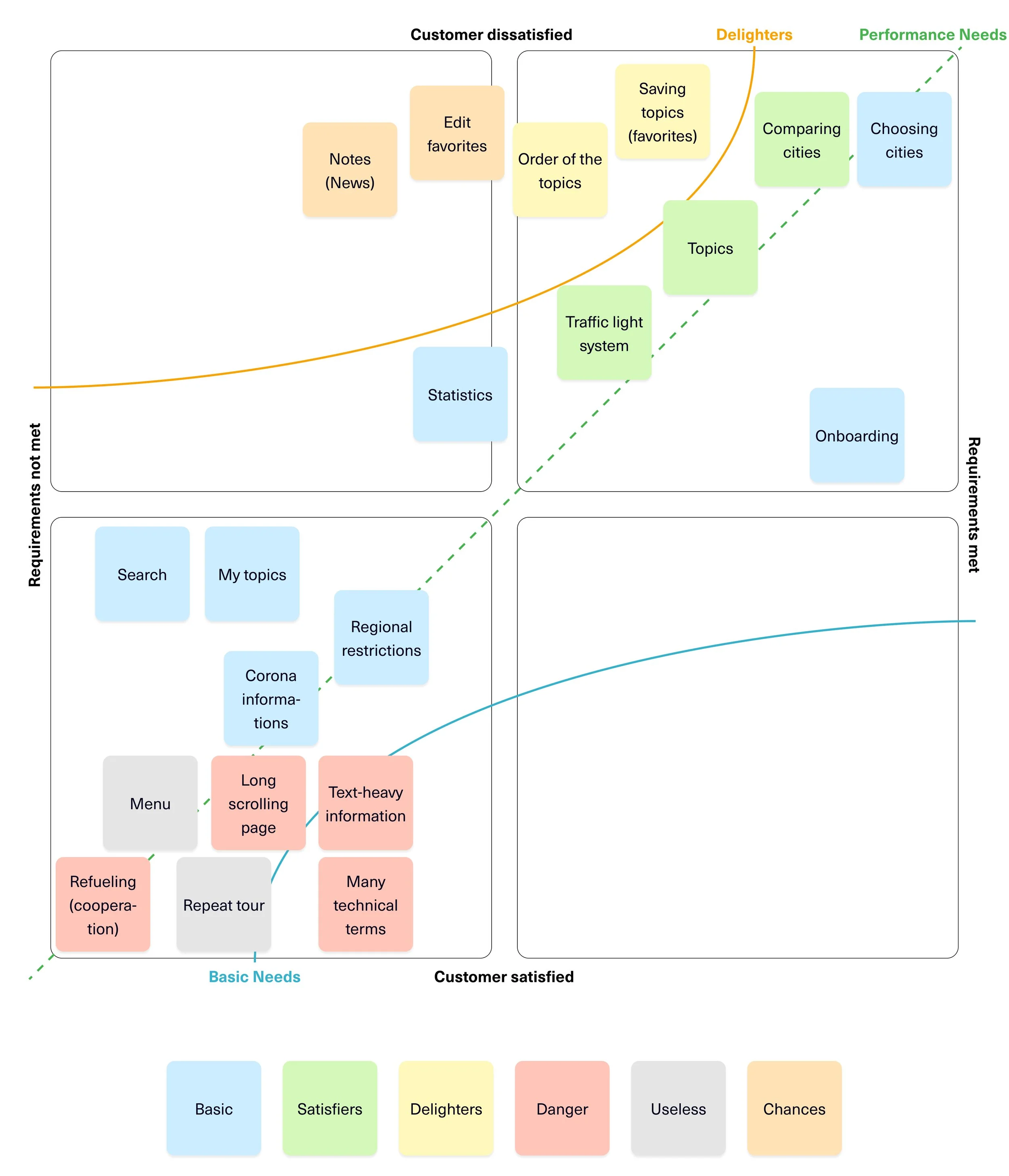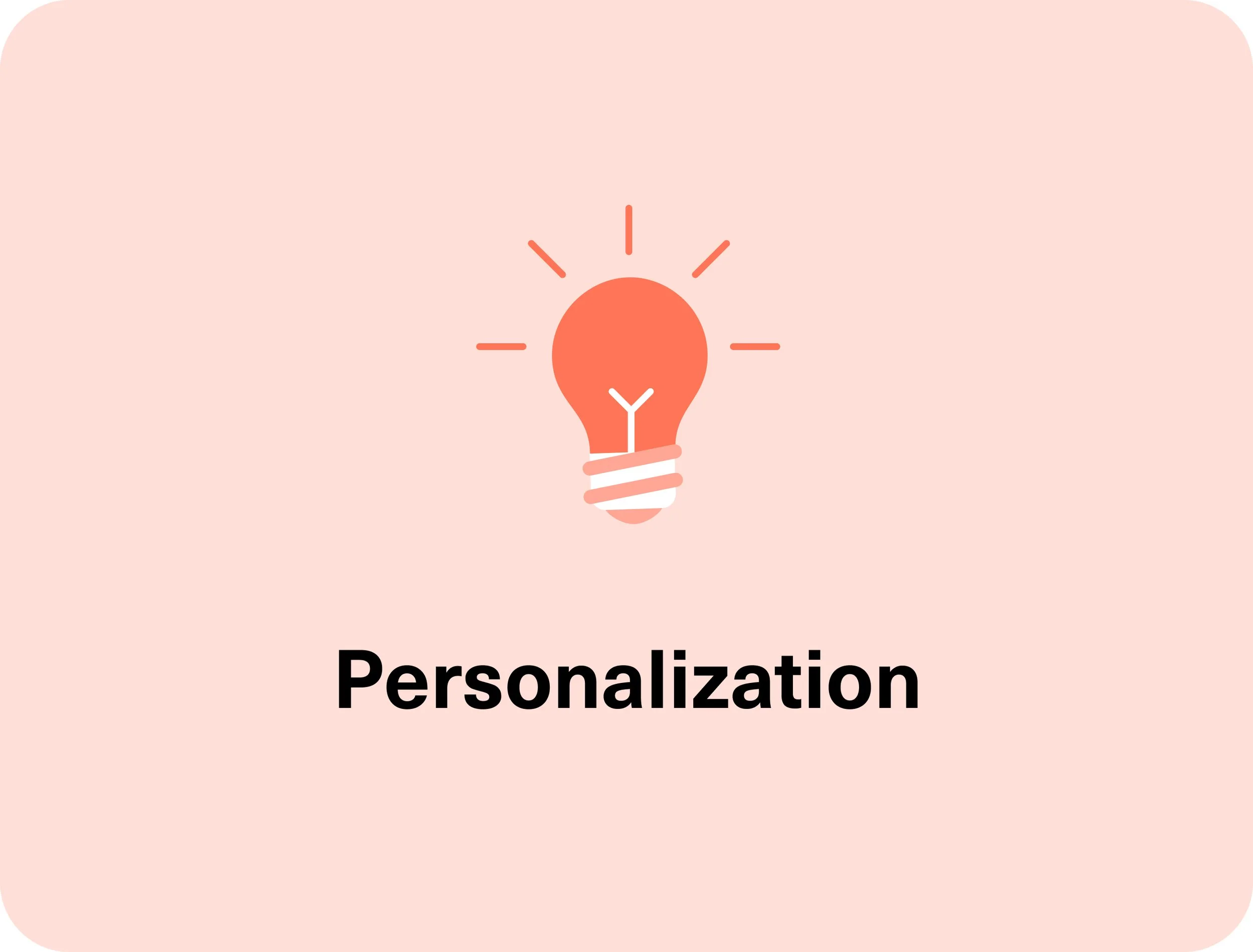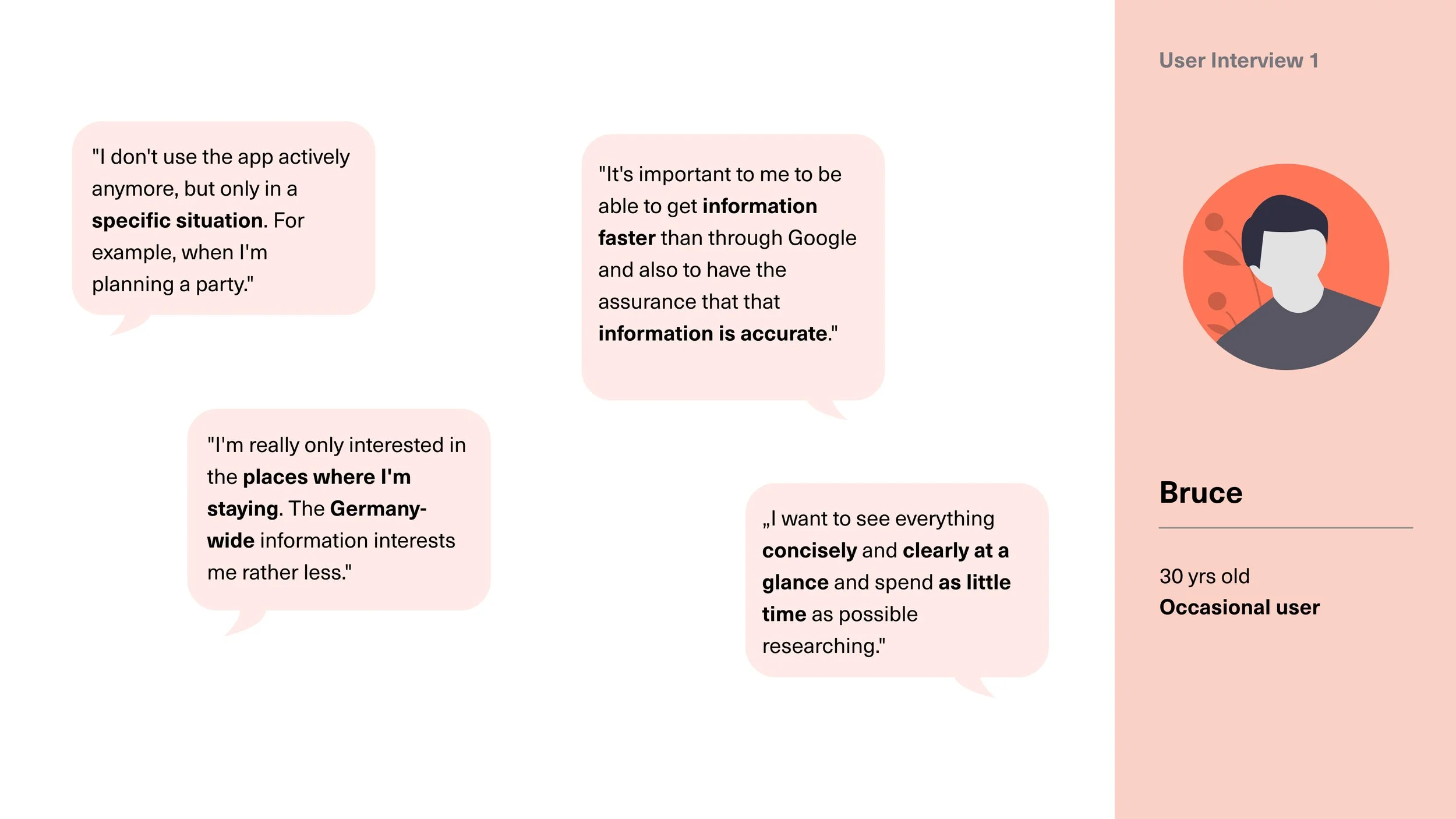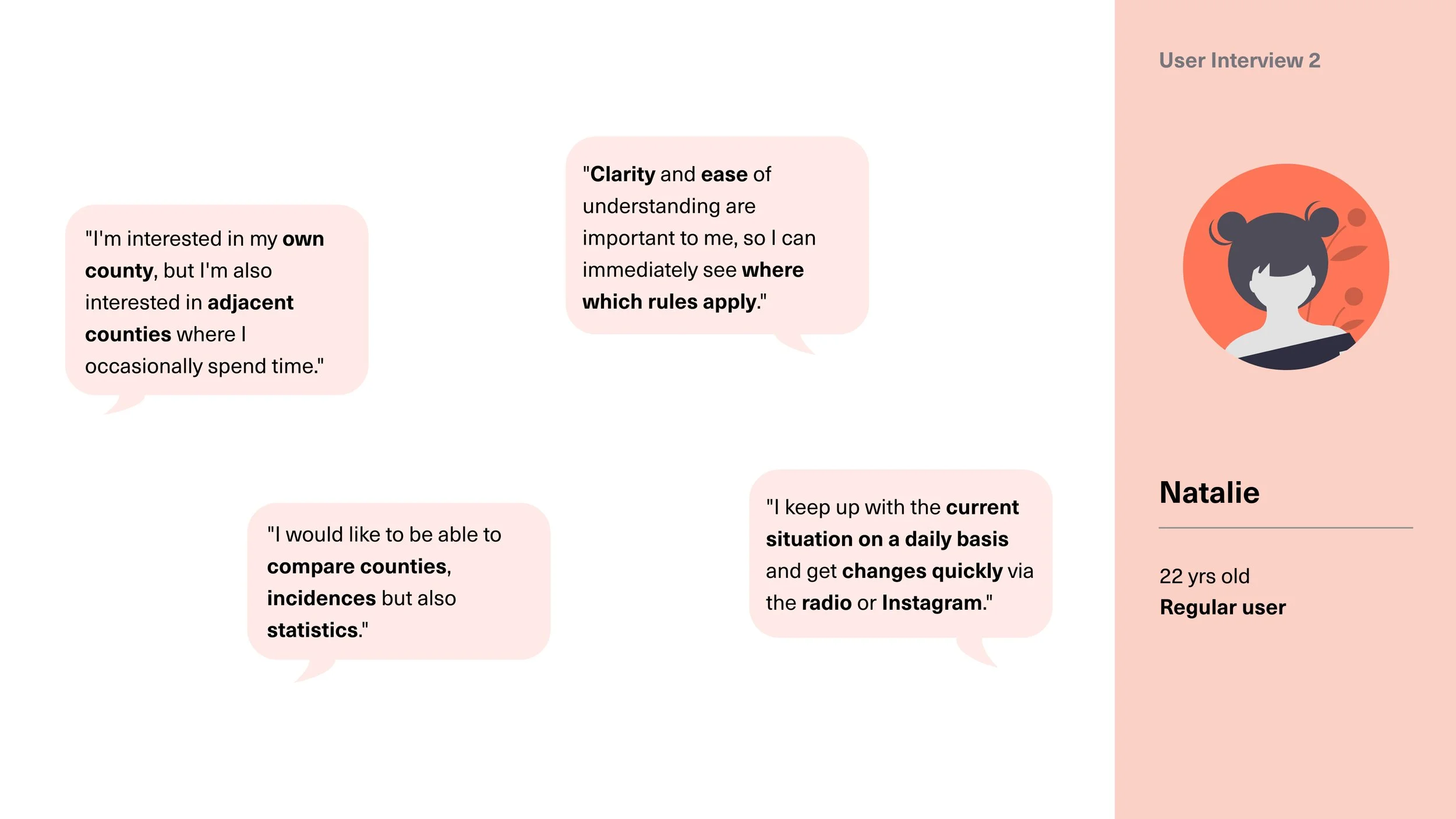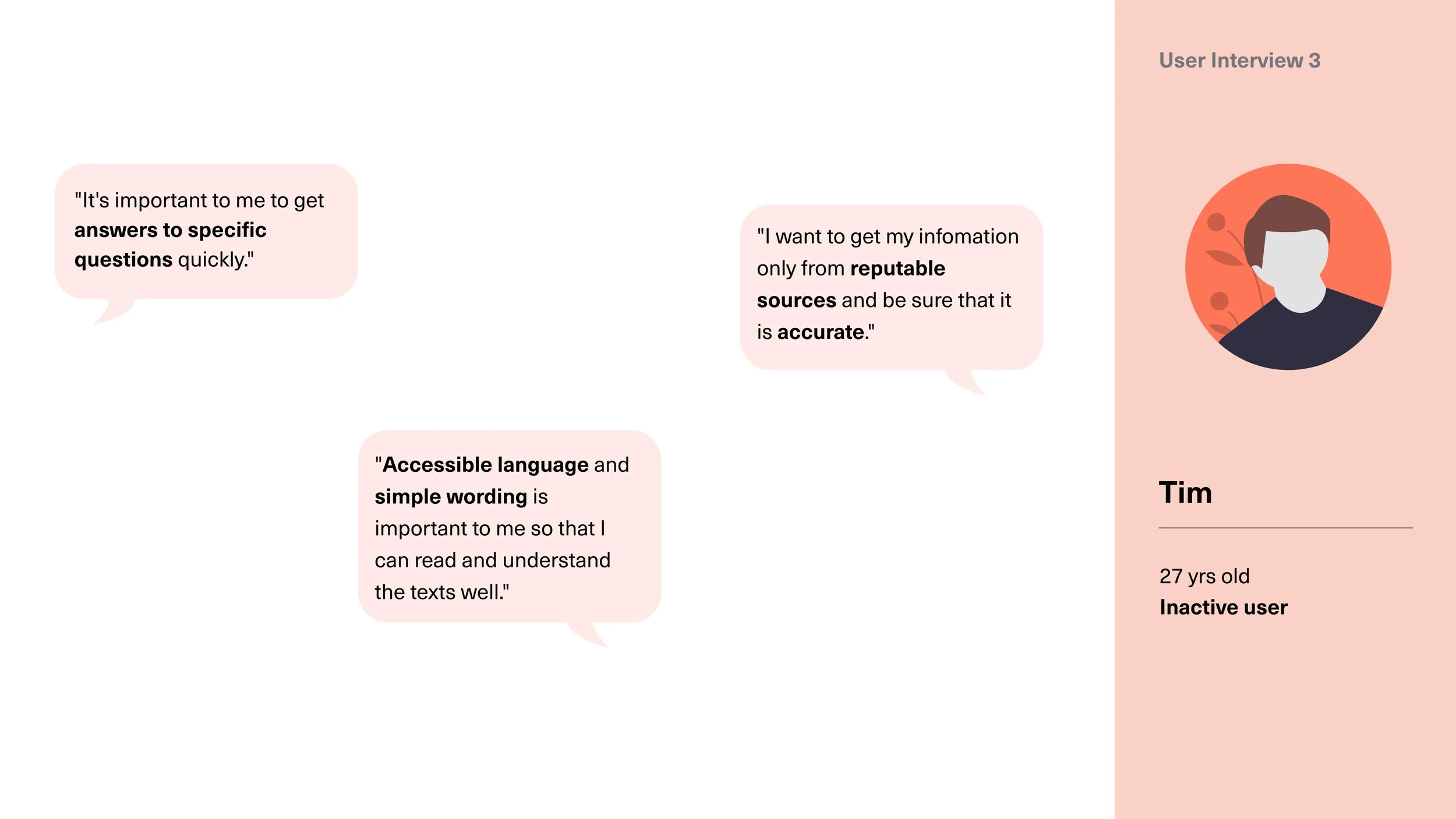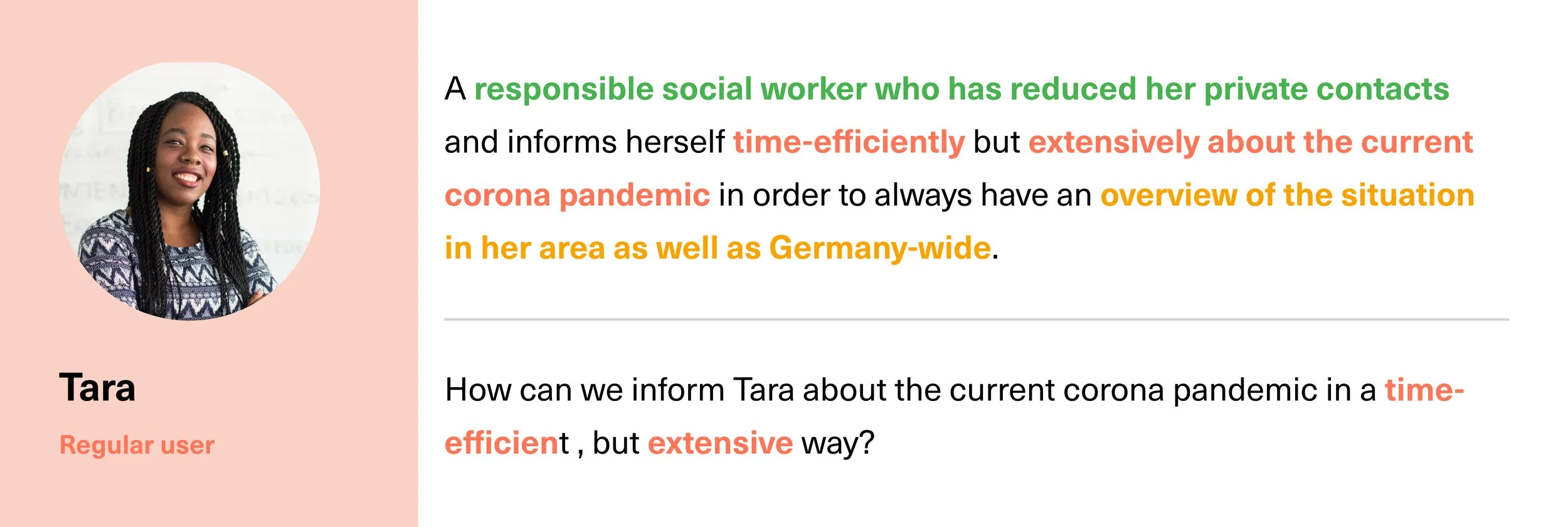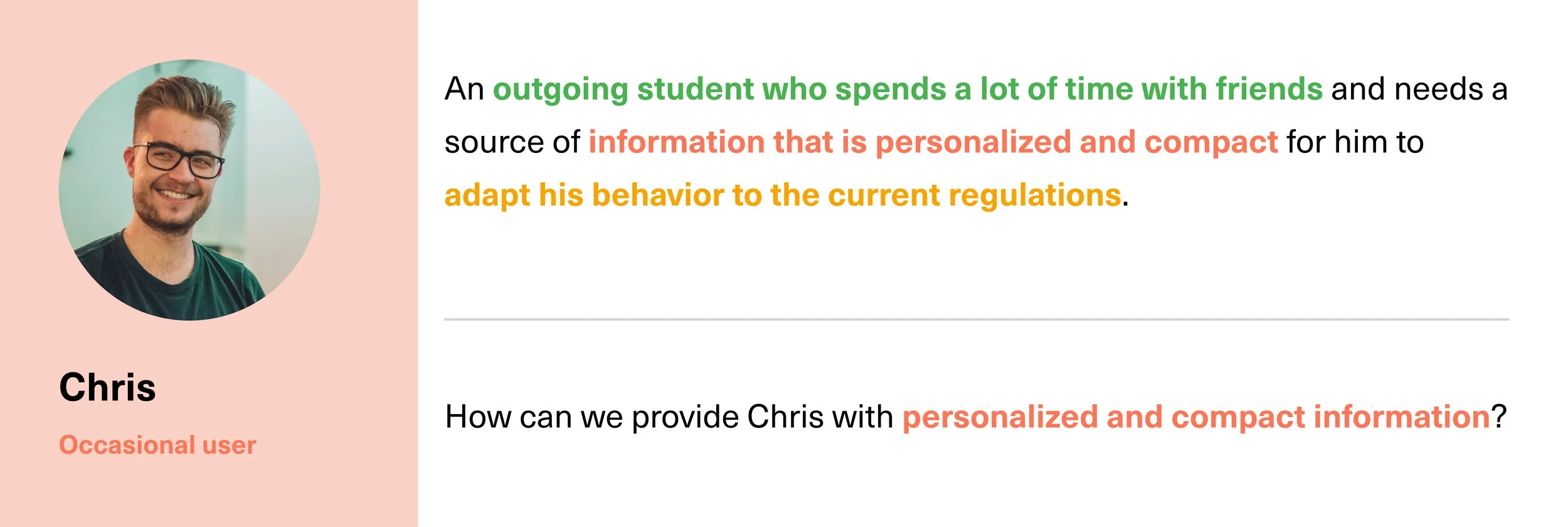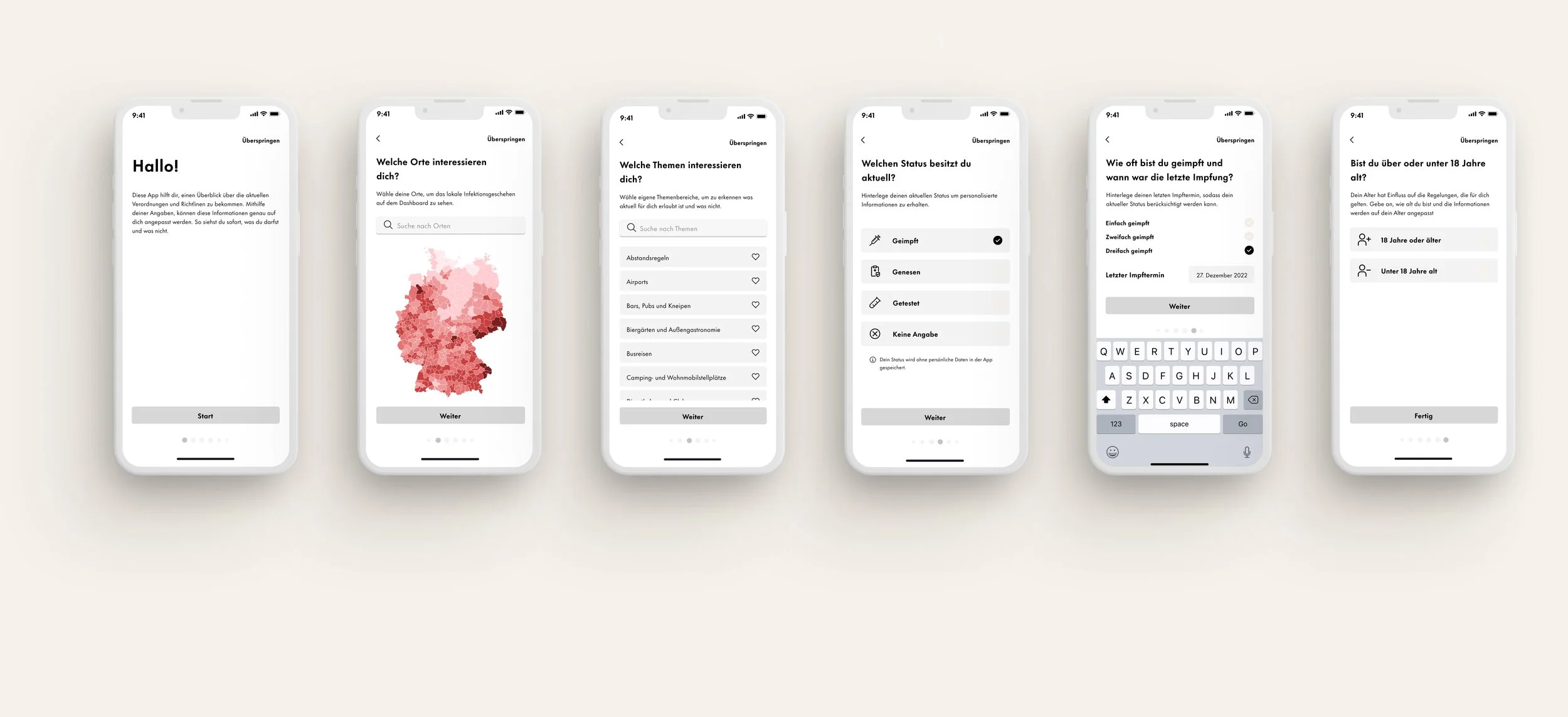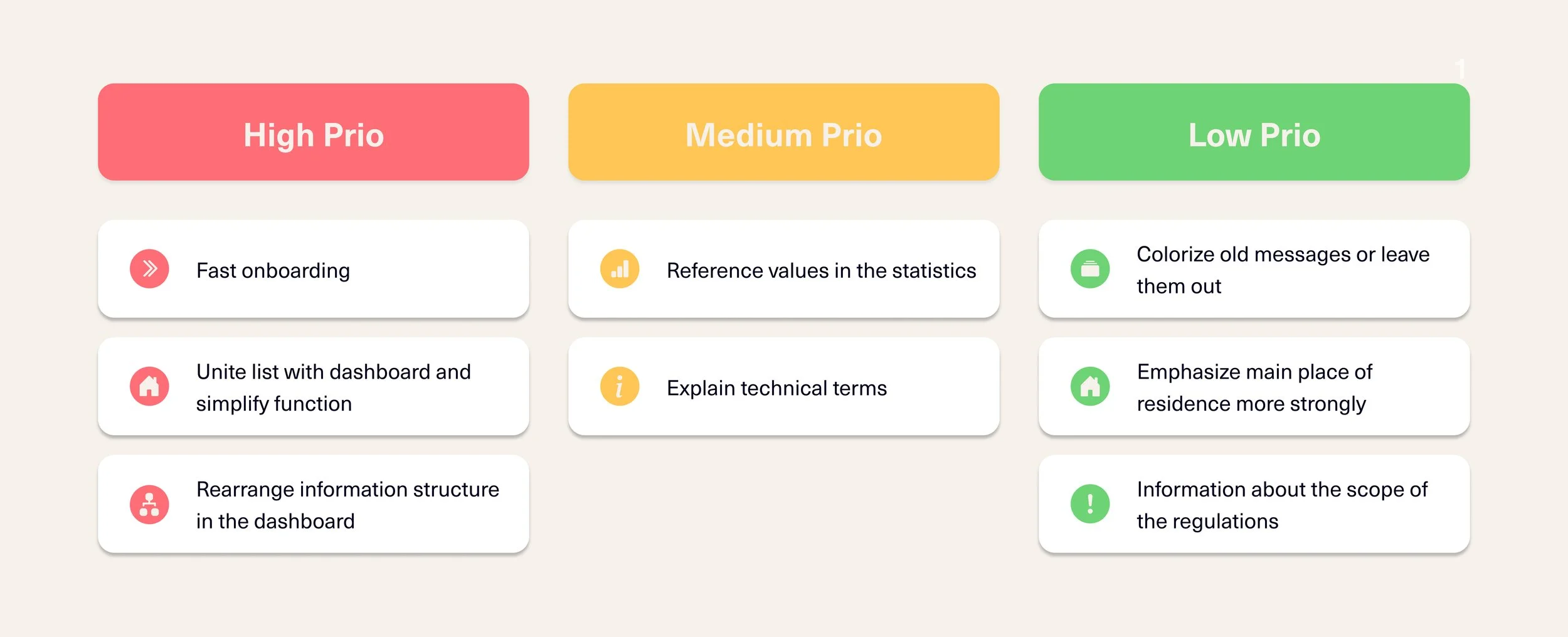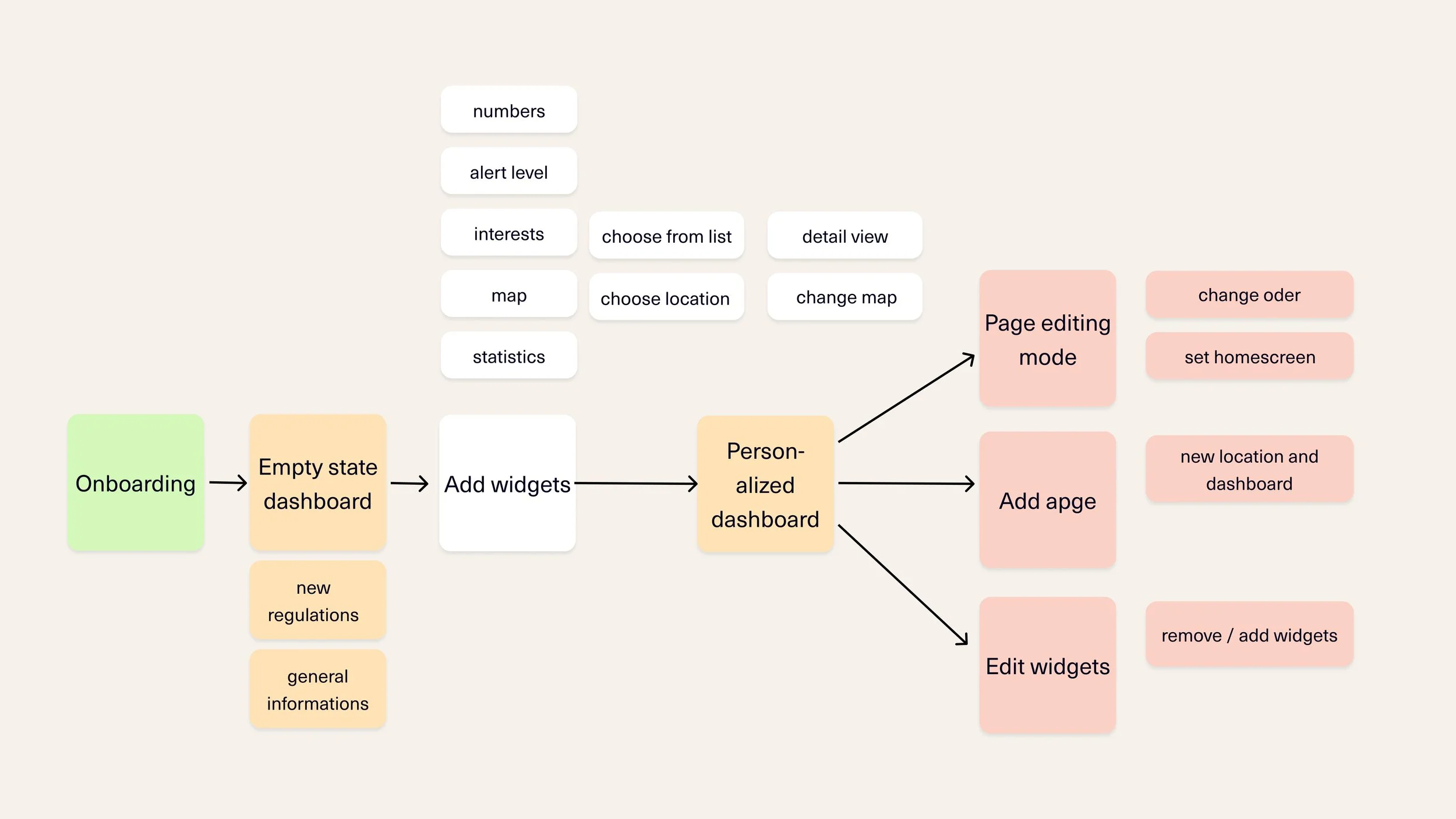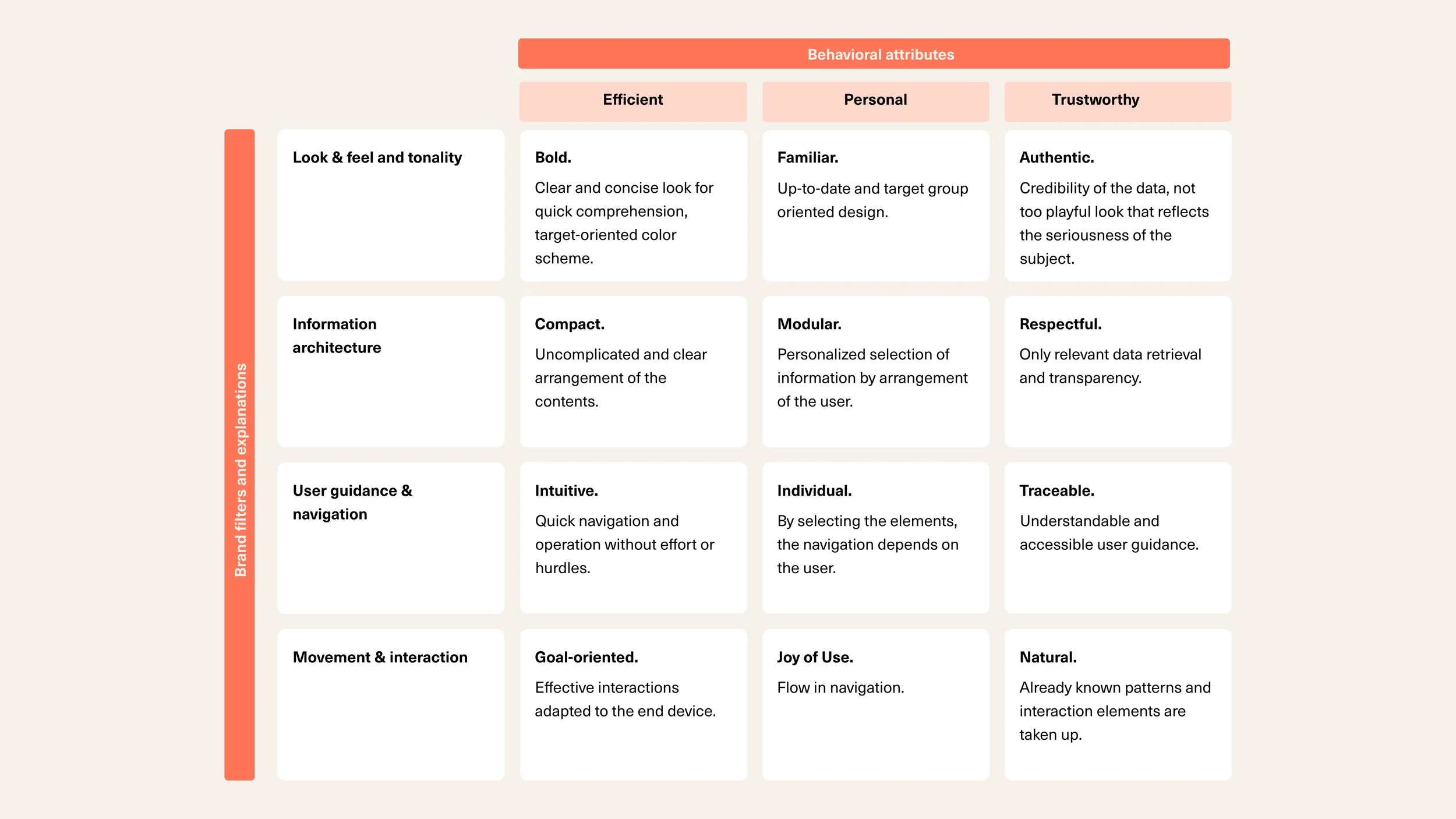
Redesign of ‘Darf ich das?’
Darf ich das? (engl. Can I ?) is an app that gives an overview of the current regulations on the Covid-19 pandemic. In this redesign, we focused on a more coherent navigation, an overall better user experience, and a more accessible user interface.
Time frame:
2,5 months, 2021
Project Partners:
Sandy Kübler, Sarah Franke
Course:
Application Design I, supervised by Rebecca Götte @HfG Schwäbisch Gmünd
Screenflow
To begin our analysis of the current Darf ich das? app we conducted a screenflow. It visualized the navigation paths and interactions that are possible. It allowed us to see the problems the app currently has when it comes to the navigation structure and also the consistency of the design.
Analysis of the current app
Competitor analysis
Competitor analysis is used to research the strengths and weaknesses of the current competition in the market.
Furthermore, these findings can be used to create new objectives.
Key findings and new ideas
Following our research, we collected all negative, as well as positive findings and categorized them. In this case, according to concept, usability, information architecture, look & feel and accessibility.
Key findings:
New ideas:
We recognized the opportunities of the app and developed the ideas we had initially. These were just potential solutions, that we wanted to keep in mind. We voted for the ones we saw the most importance in and we wanted to explore further.
Kano model
The Kano Analysis model, also known as the “Customer Delight vs. Implementation Investment” approach, we used as the next step. It is an analysis tool that enables you to understand how customer emotional responses to products or features can be measured and explored.
Using a Kano model questionnaire (used to conduct customer-focused research), product features are categorized across two-axis scales: satisfaction and functionality. With this, it was easier to prioritize features of the app based on how likely they are to satisfy customers and the implementation investment.
Delight feature
By matching the initial ideas and creating the Kano model, a Delight feature was defined.
The Delight Feature should offer the greatest added value of the app. The focus of the redesign of the "Darf ich das?" (Can I) app should be on personalisation. The application should be adapted to the different needs of the users.
User interviews
To determine the needs of users, interviews were conducted with regular and occasional users of the application. The interviews began with questions about general research on Corona regulations and then went into more detail about the application. The findings from the interviews were then summarized by meaningful quotes.
Personas
User profiles were then created on the basis of the interviews. These represent the goals and needs of the target group and thus facilitate the design of a user-centered application. Since the needs and goals of the users of the Darf ich das? application were very different, two user profiles were created.
The user's problems are summarized in a user need statement. It is important to state the problems clearly before developing solutions. The user need statement defines the user, the need as well as the goal of the user.
Futhermore, we added How might we questions for developing specified solutions.
Sketches

Sketches Dashboard (with Crazy8 method)

Sketches Map

Sketches onboarding and interests
Wireframes
In the next step, we made wireframes of the formulated How-Might-We questions that were based on the sketches we did beforehand. We voted for the best solution in the sketches to use for the wireframes.
Onboarding
Dashboard, new regulations and step-by-step plan
User Research
Four user testing sessions were held. Users who had previously used the original Darf ich das? app as well as those who had never used it were tested. General inquiries, such as how they learned about Covid-19 restrictions, how long the research should last, and what was significant to them, were first made. We then provided our testers with a scenario and instructions to evaluate the usability of the app.
Afterwards, we created interaction mappings of the interview to document the process and to gain key insights.
Key learnings from user testings
Navigation structure
Due to the key learnings we made, we modified our navigation structure to address the issues that our users encountered throughout the testing. And also prioritized the high priority learnings.
Screen Design
Design filters
The Materialize phase began with the specification of design filters after we updated the app's organizational structure. A clear framework is provided by design or brand filters, which are behavioral characteristics that characterize our app's look and personality. The qualities effective, individual, and trustworthy were chosen.
Afterwards, we created a moodboard with inspiration that contains the chosen design filters.

